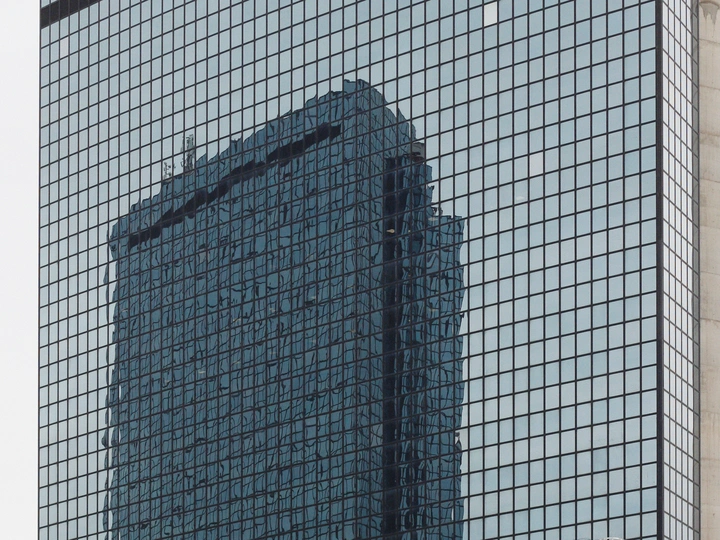About Place: Situated Architectural Storytelling

Ella Kaira
Vokal is a Helsinki-based architectural practice founded by architects Ella Kaira and Matti Jänkälä. Their work explores the intersections of architecture, social movements, and the real estate industry, combining design with artistic methods, research, and storytelling.
Vokal curated the Finnish Pavilion at the Venice Architecture Biennale 2025 with the exhibition The Pavilion – Architecture of Stewardship. Centered on the pavilion itself, a four-channel audiovisual installation revealed the labor behind its upkeep, emphasizing stewardship—the responsible care of shared resources. The exhibition was accompanied by an independent publication, Architecture of Stewardship, edited by the curators.
In August 2025, Vokal presented Geography of Memories, an art and research project funded by the Alfred Kordelin Foundation and the City of Helsinki. Focusing on the Meri-Rastila neighborhood in East Helsinki—currently facing urban renewal—the project documented its social life and intangible values. The outcomes, developed in collaboration with local residents, included a printed publication and a memory map visualizing both historical layers and contemporary grassroots efforts.
This community-centered work continues during Vokal’s residency at Cité des Arts in Paris, where they will engage with residents of the Grands Ensembles—modernist housing estates. Through hand-drawing workshops, they will co-create narratives that counter dominant media portrayals and surface everyday experiences.
In addition to lectures and public speaking, Vokal contributes to architectural education. At the Aalto ARTS Summer School, they co-taught an international group of students under the theme Spatial Practices Beyond New Construction. The program culminated in a site-specific exhibition reimagining the future of an unused building on the Aalto University campus.
At the heart of our practice is storytelling. We believe that stories of individual buildings and places can tell stories of wider societal dynamics. Through storytelling, we aim to deepen public understanding of architecture and the power structures behind it. Rather than focusing on new construction, we highlight care, repair, and the everyday lives of communities within the built environment.
Architecture is often seen as technocratic and detached from daily life. Local voices are excluded from decisions shaping their neighborhoods, while market logic increasingly drives development. Cities are shaped by real estate speculation, entrepreneurial governance, and global capital—forces that profoundly affect residents, often invisibly.
Our work makes these dynamics visible. We offer tools for communities to understand, question, and reclaim control over their environments. When space becomes a financial asset, social and ecological concerns are sidelined, and power shifts to private actors. As the climate crisis deepens, neighborhood-level cooperation becomes increasingly vital.
In response, we use storytelling across mediums—film, writing, exhibitions, and public assemblies.We also maintain a logbook of neighborhood stories—short entries on places and the people who shape them. It serves as both a research archive and public resource. As part of this project, we plan to release a printed edition.
At the end of 2025, we’ll continue this work during a residency at the Cité des Arts in Paris, supporting residents of modernist housing estates in sharing their stories. Through drawing workshops, we will co-create logbook entries documenting everyday life in the Grands Ensembles.
We look forward to developing this work further with the LINA Community.